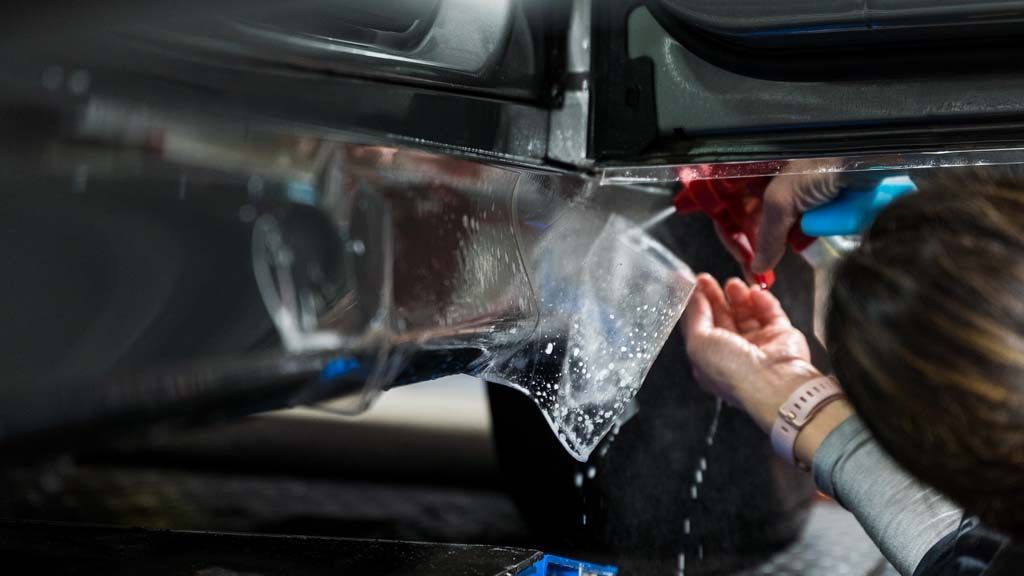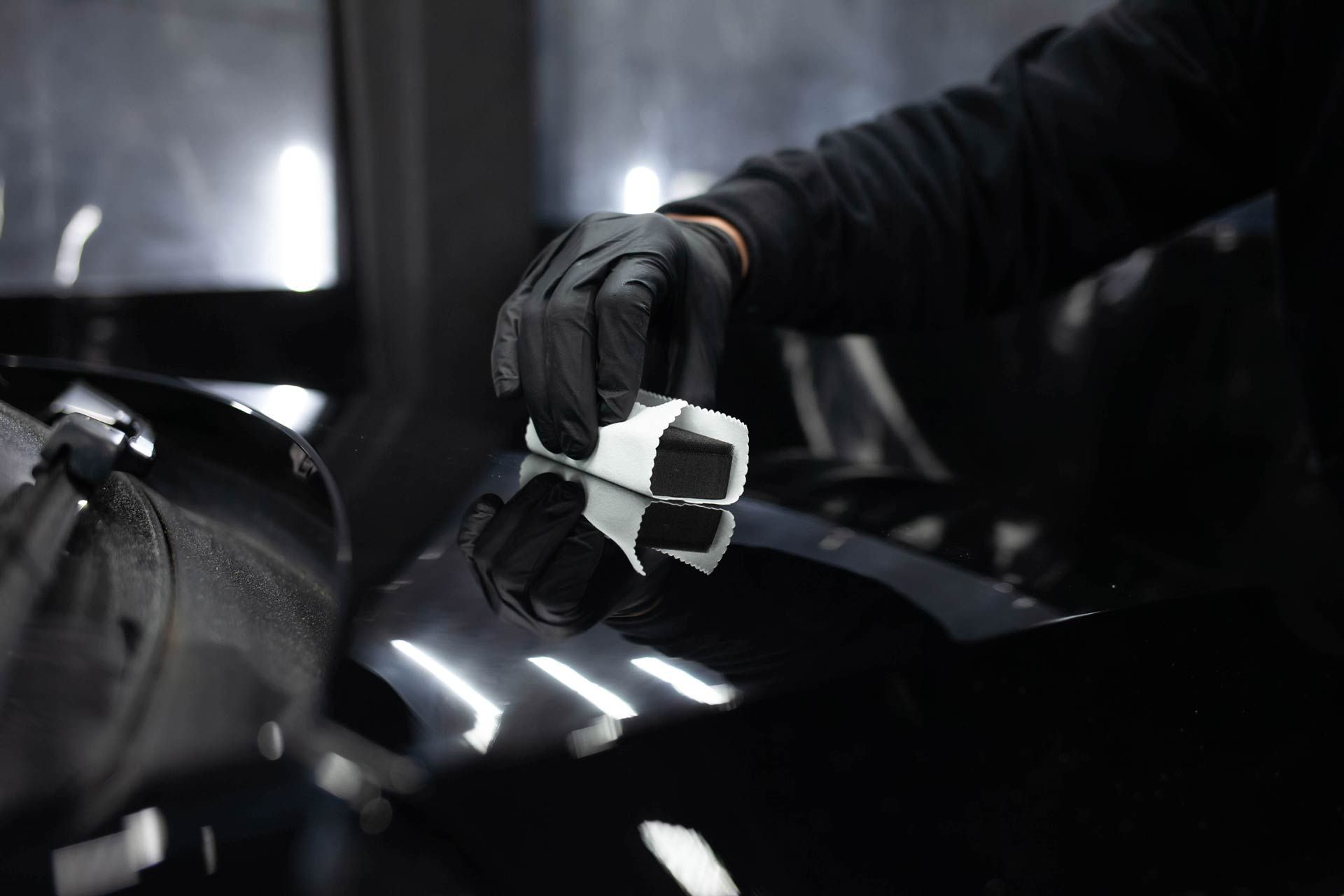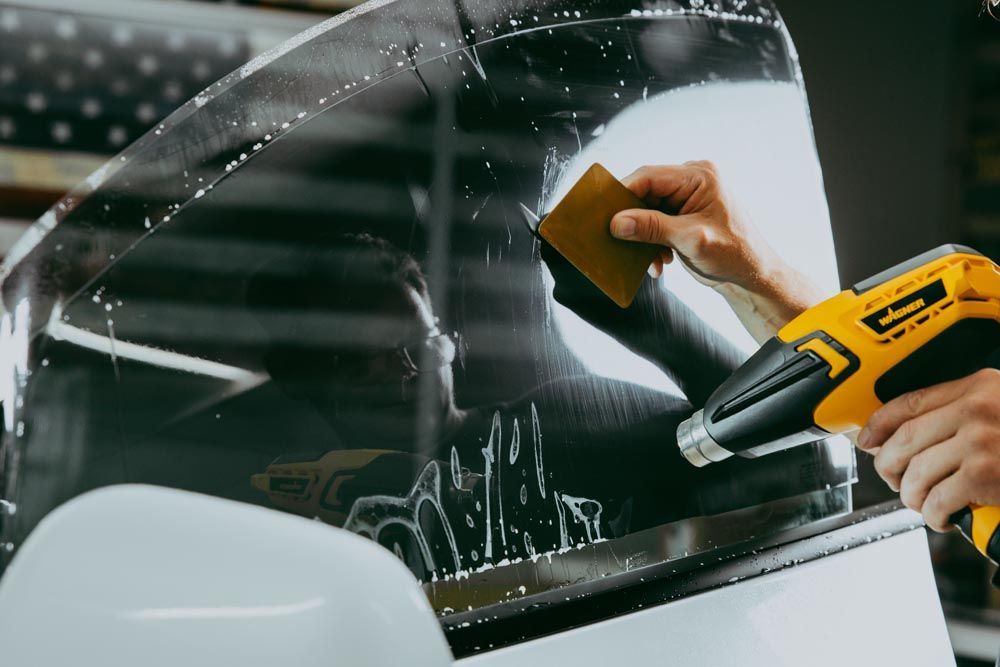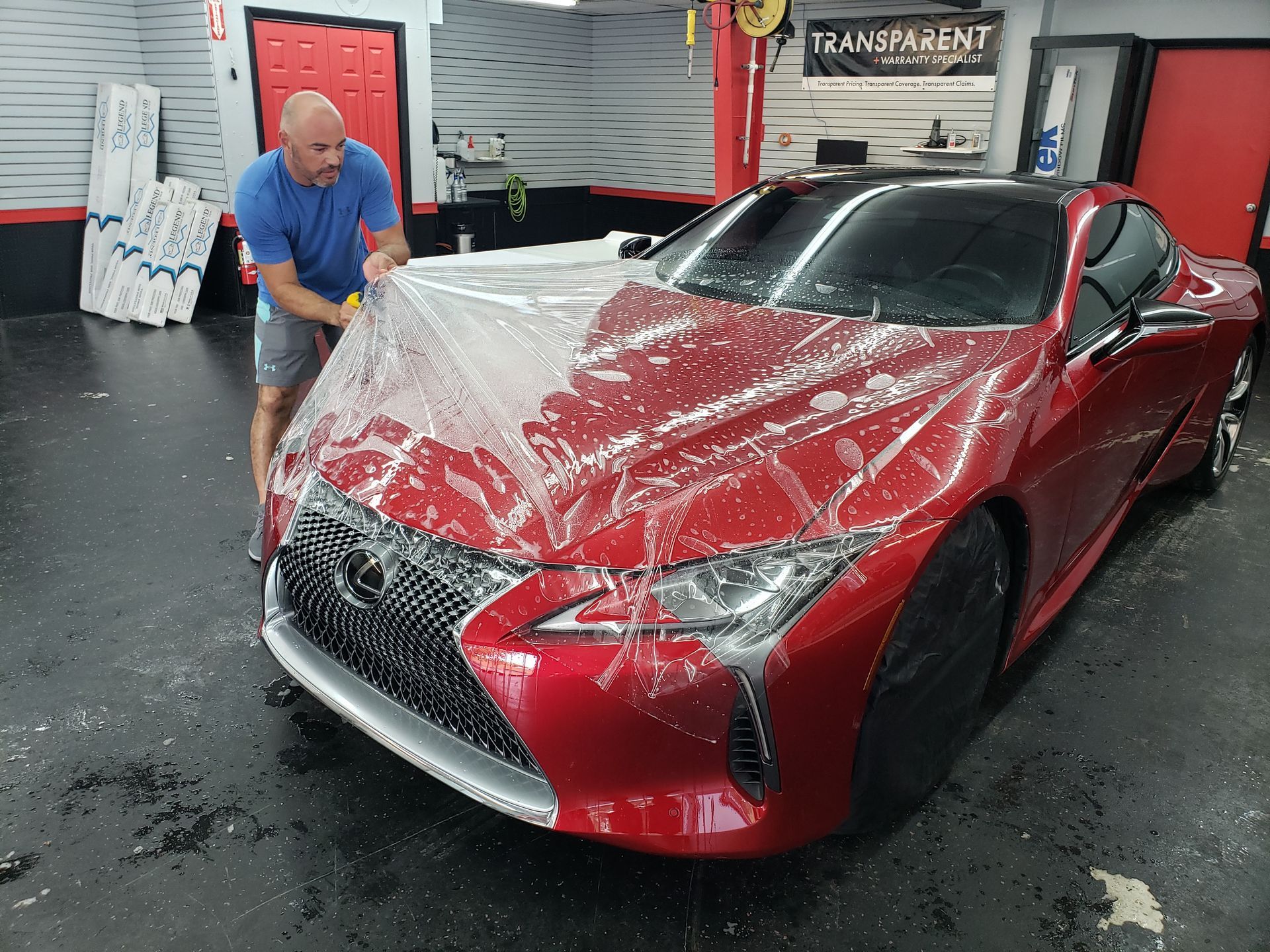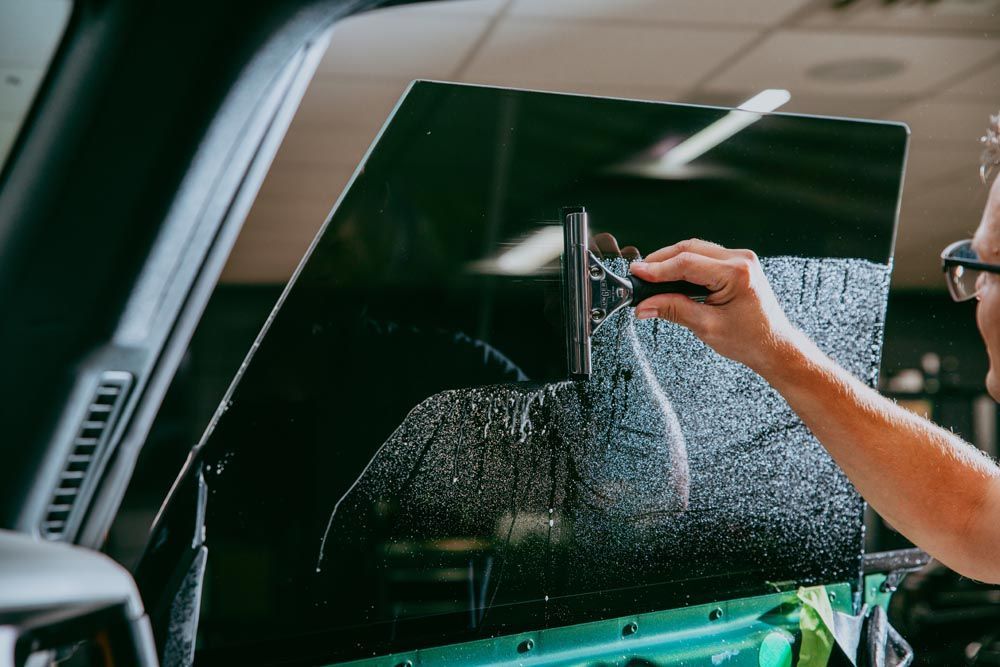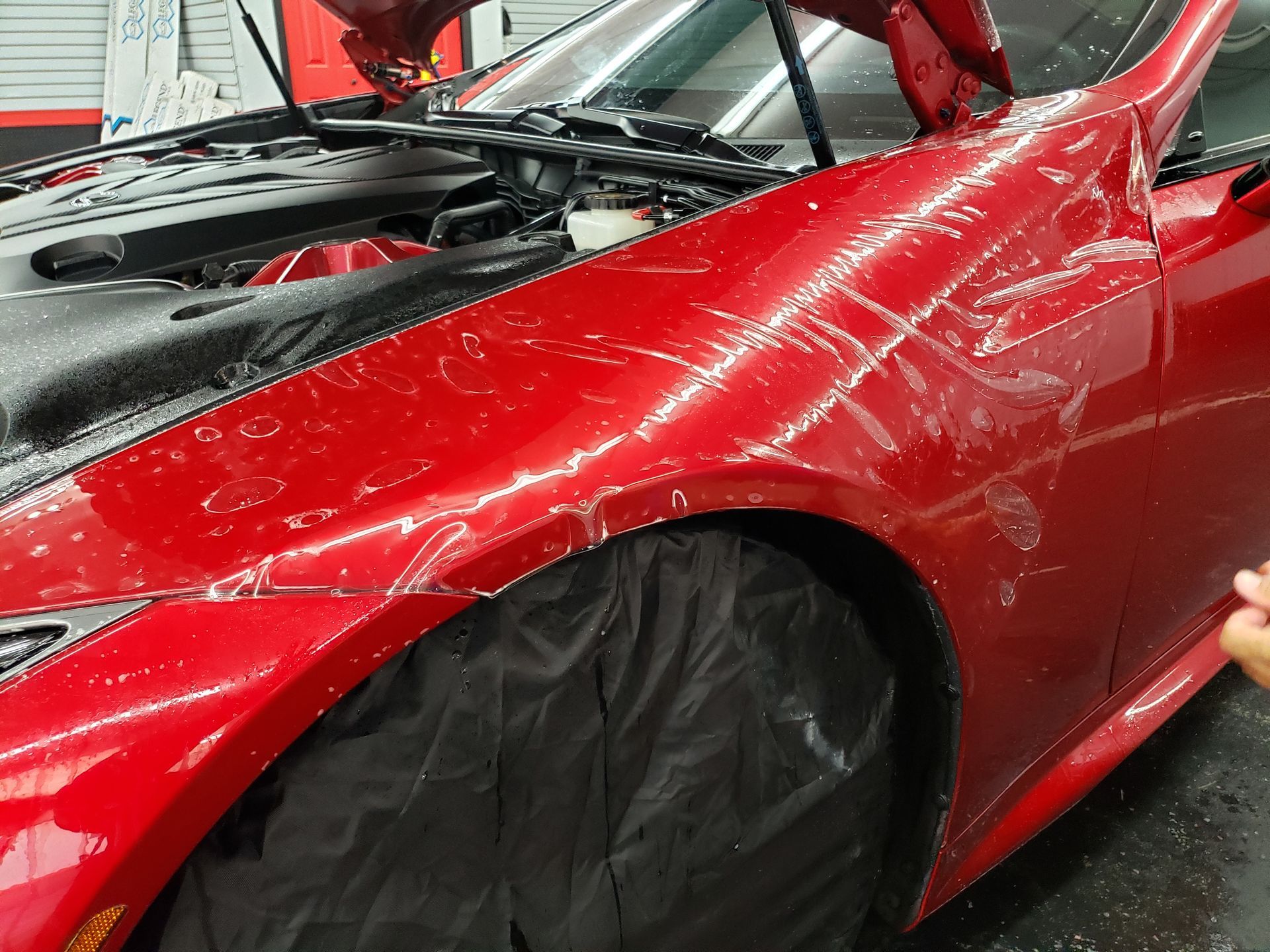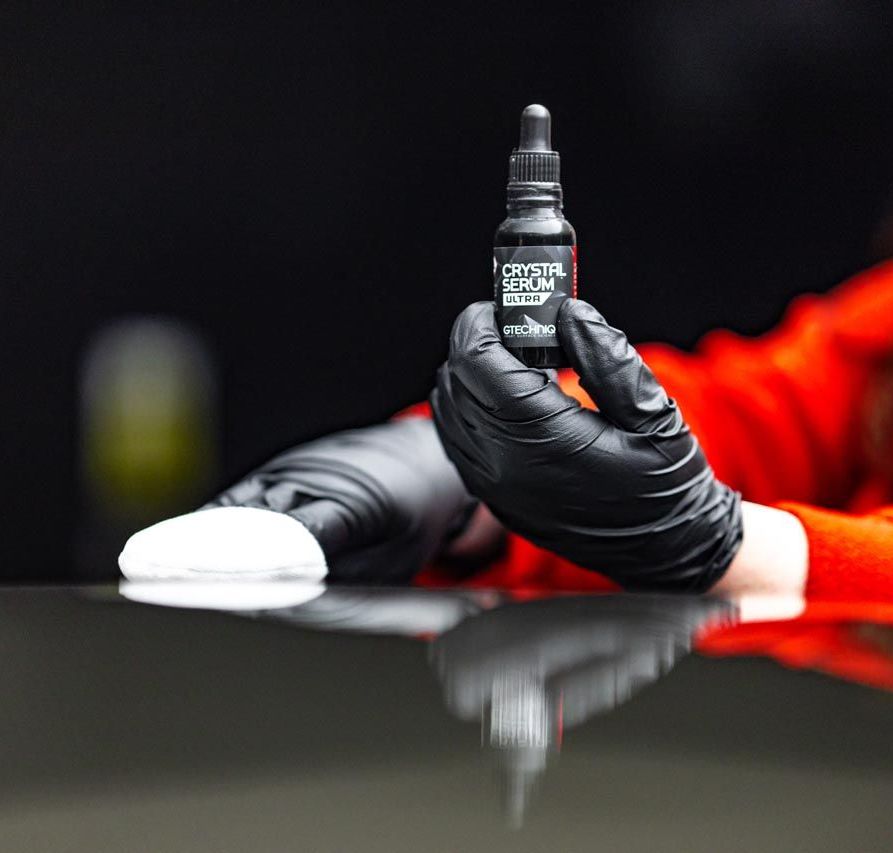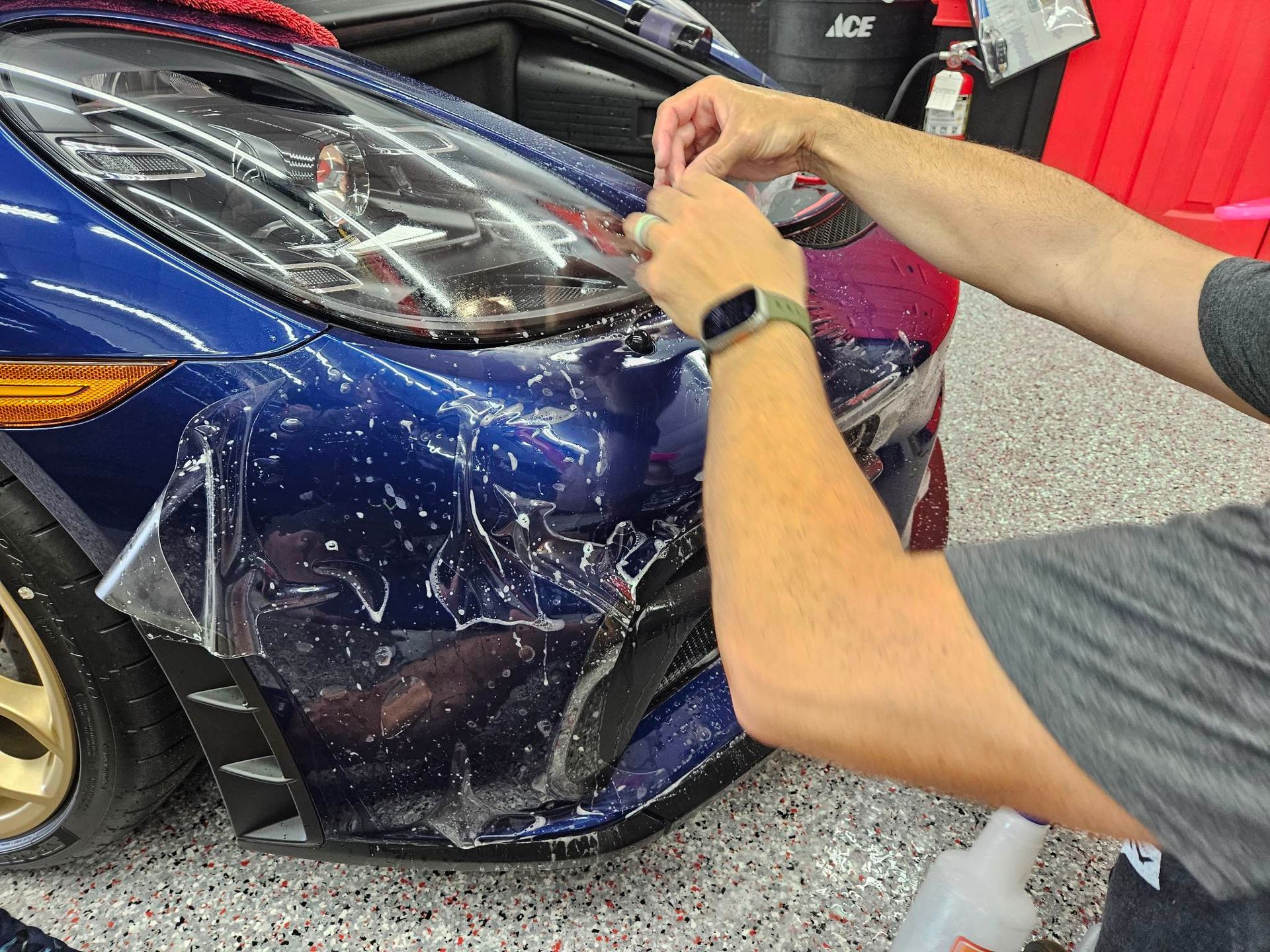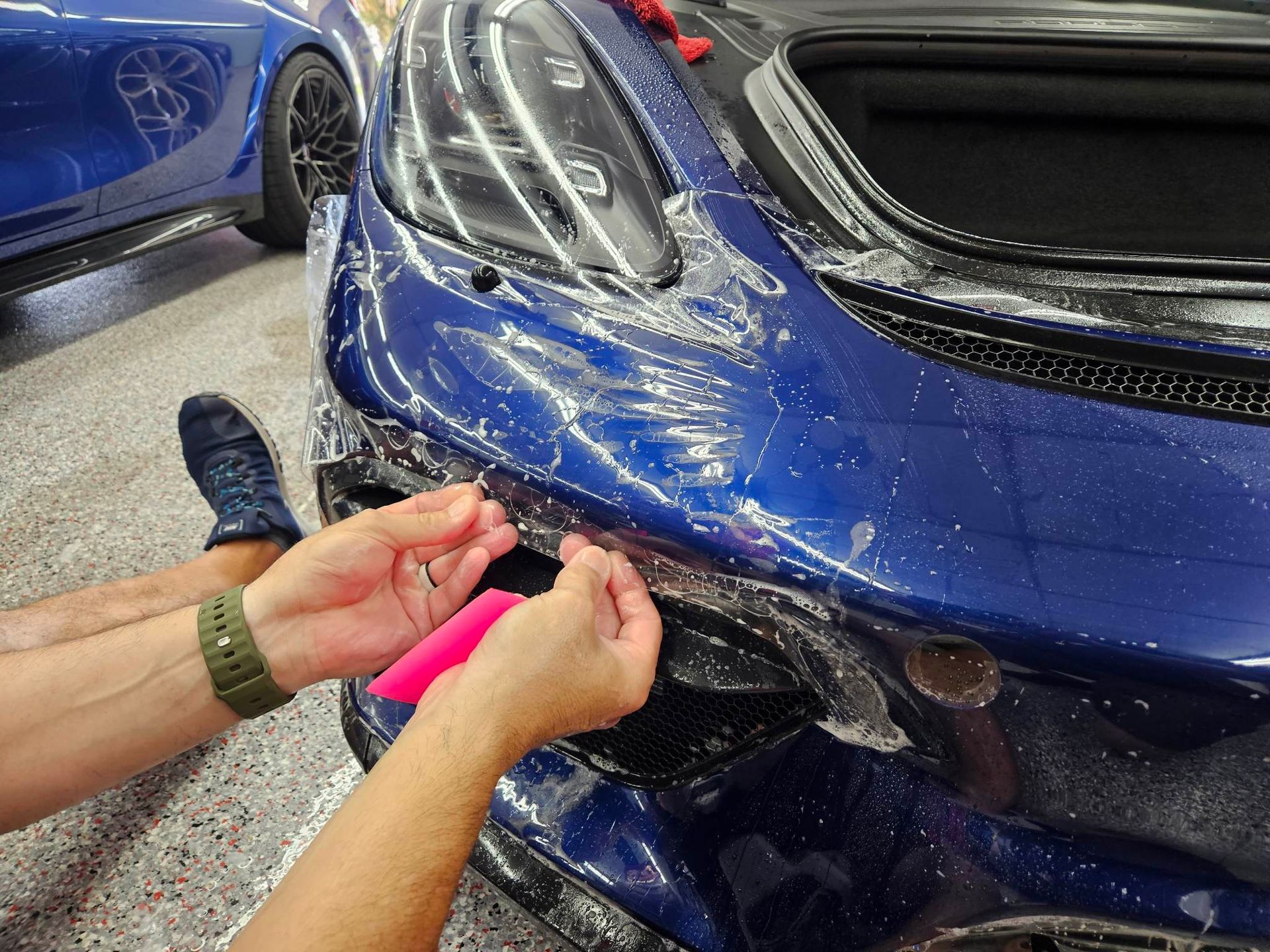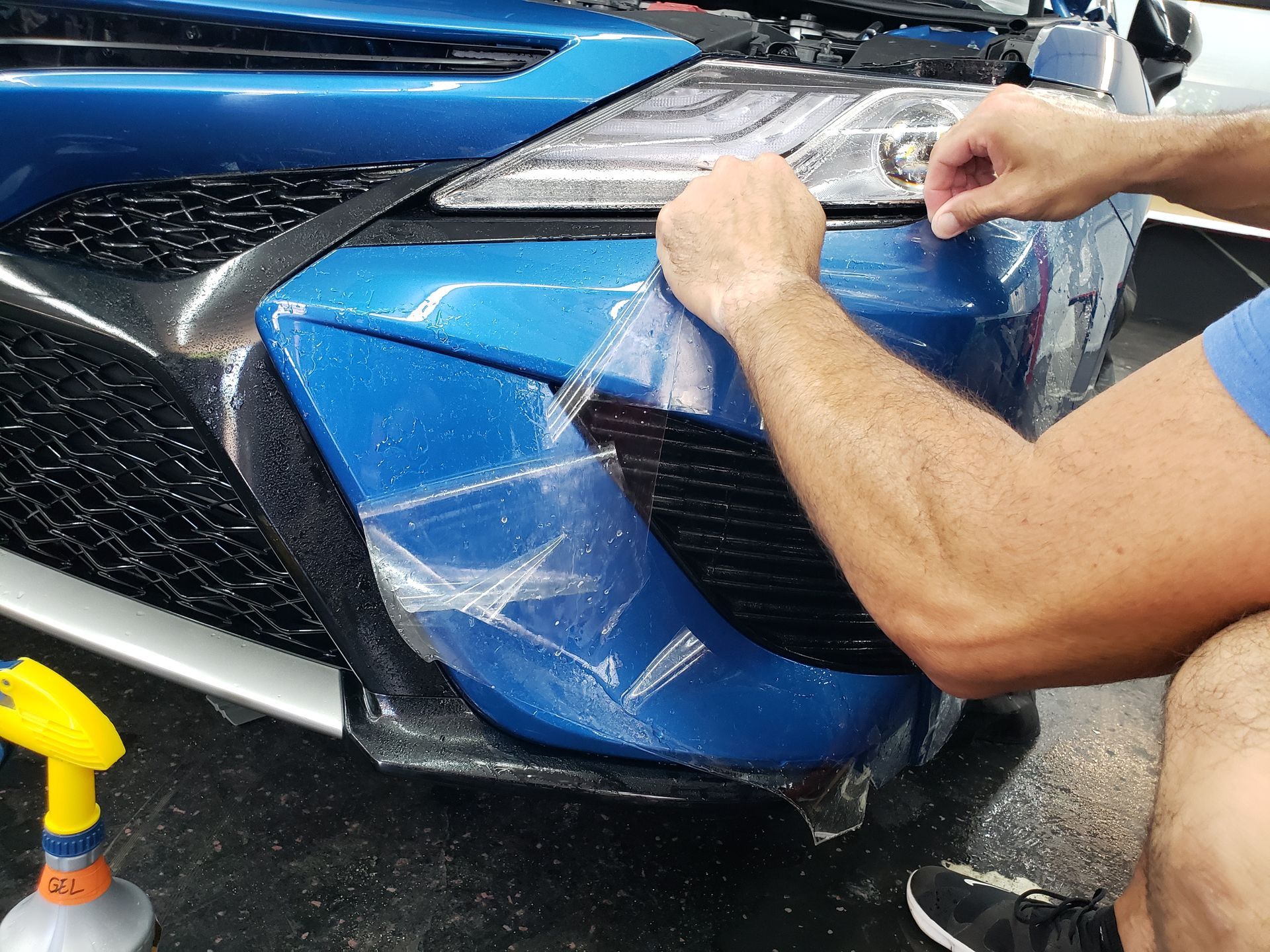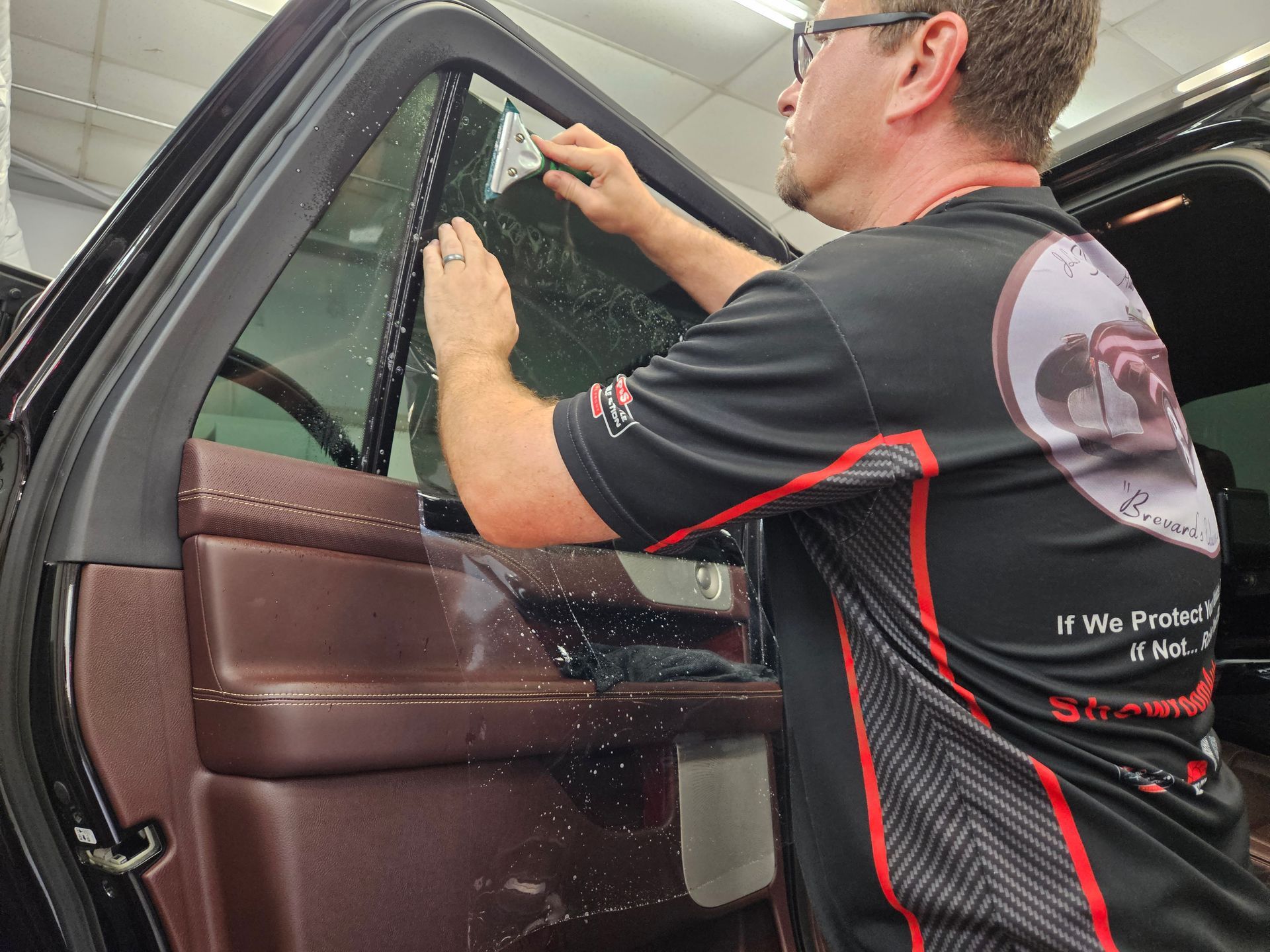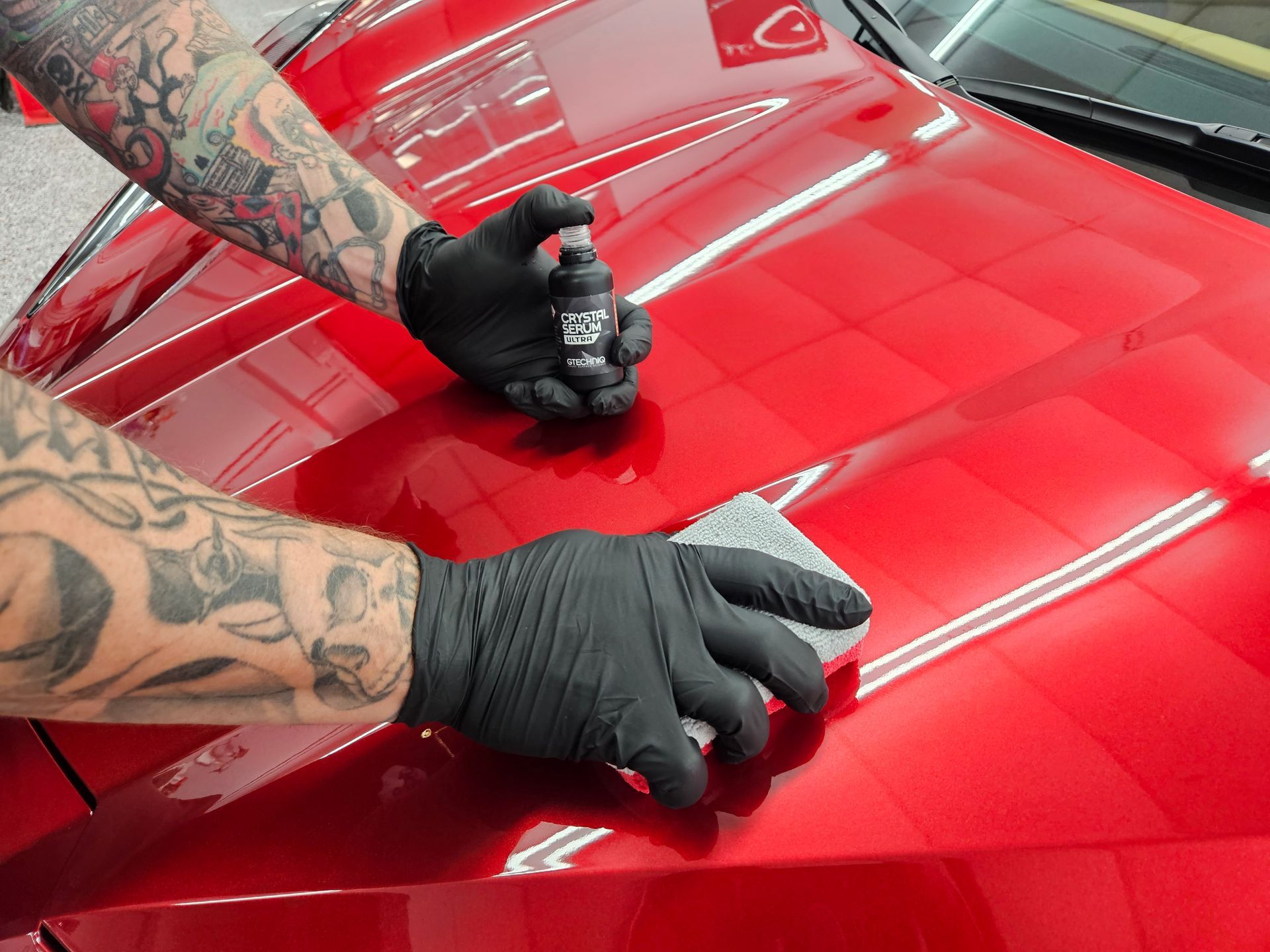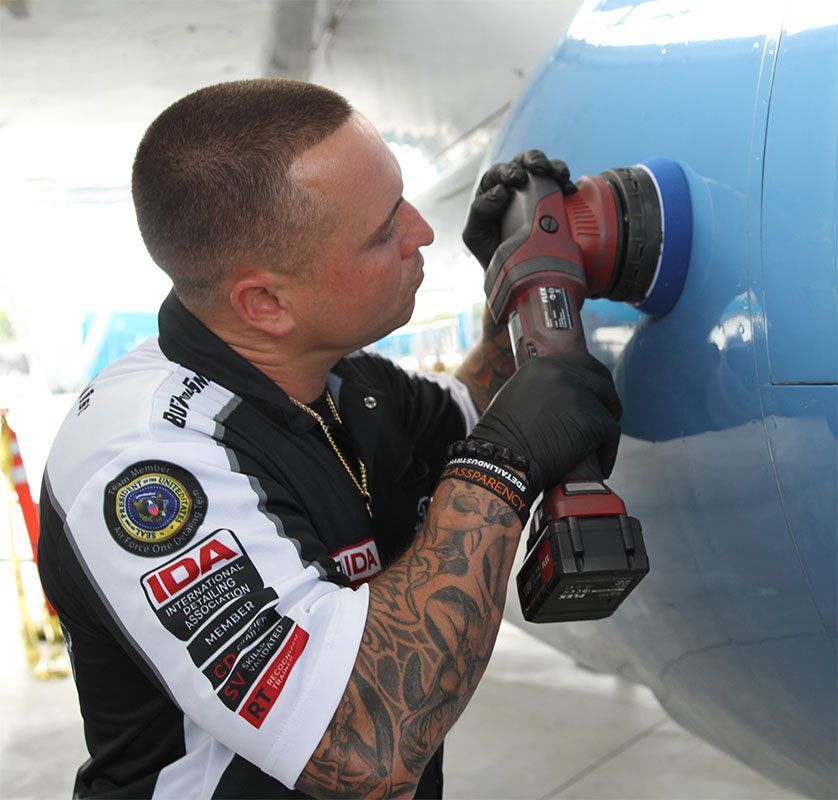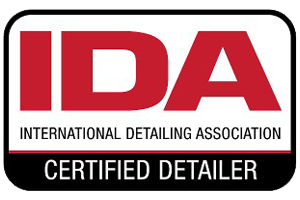How to Tell When Your Paint Protection Film Needs Replacing: Signs to Look For
When you invest in paint protection film for your vehicle, you're not just investing in a product; you're setting up a shield to keep your car's paint looking fresh and clean. However, just like any other protective layer, a paint protection film has its limits. Knowing when to replace it can save you a lot of headaches down the road. Let’s explore the signs that indicate your PPF may be past its prime, helping you maintain that showroom shine and keeping your car protected from the elements.
Key indicators that your paint protection film may need replacement include visible scratches or deep marks, bubbles or air pockets caused by improper installation, discoloration such as yellowing due to UV damage, and cracks in the film that compromise its protective capabilities. Regular inspection and prompt attention to these signs can help maintain your vehicle's paint integrity and prolong its appearance.
Lifespan of Paint Protection Film
The lifespan of paint protection film can significantly vary, influenced by multiple factors ranging from the quality of the film itself to local environmental conditions. Generally, high-quality films last between 5 and 10 years, providing effective protection and performance when well maintained. Signs that suggest a need for timely replacement often appear around the five-year mark.
Quality Matters
When it comes to paint protection film, not all products are created equally. Premium brands typically offer warranties that reflect their durability—ranging up to ten years—indicating their confidence in the longevity and effectiveness of their product. Conversely, lesser-known brands may start showing signs of wear—like yellowing or cracking—within just three to five years. This variance emphasizes the importance of investing in a high-quality product right from the beginning if you wish to enjoy prolonged protection for your vehicle's surface.
Usage and Maintenance
Caring for your PPF consistently can extend its lifespan dramatically—from an average of seven years right up to ten years when combined with regular maintenance practices and high-quality additional coatings. Many users who ensure regular upkeep notice better results, contributing to both visuals and protection against elements like road debris or harsh weather conditions. Regular washing with pH-neutral soap helps keep dirt and contaminants at bay and helps preserve the film’s integrity. Additionally, applying a ceramic coating on top of your PPF not only enhances its appearance but also adds another layer of UV protection, which can significantly slow down environmental degradation.
Visual Signs of Wear and Tear
Regularly checking your paint protection film (PPF) can help ensure that it continues to protect your vehicle effectively and maintains its aesthetic appeal. Here are some key signs of PPF wear and tear to look out for, each offering insight into when maintenance or replacement might be necessary. By staying proactive with your inspections, you can help keep your vehicle in top condition.
- Scratches and Marks on the Surface: Minor scratches on your paint protection film are generally harmless, but deep or excessive scratches that reach the paint should be addressed. Such scratches indicate the film's protective qualities are compromised, potentially allowing dirt, moisture, and UV rays to damage the paint underneath.
- Regular Visual Inspections: Inspecting your paint protection film, especially after road trips or harsh weather, helps detect wear early. Regular checks not only maintain the film’s aesthetic but also ensure its protective integrity remains intact.
- Bubbling and Air Pockets: Bubbles or air pockets may form due to improper installation or natural aging of the film. These bubbles can weaken adhesion to the paint and, if ignored, may trap moisture, leading to mold growth and delamination over time.
- Targeted Inspection of Edges and Seams: While examining the paint protection film, focus on edges and seams where bubbles often start forming. Though bubbles may not require immediate replacement, they warrant closer attention to determine the cause and any risks to the film’s durability.
- Discoloration (Yellowing or Fading): Prolonged UV exposure can cause discoloration in the paint protection film, such as yellowing or fading. Not only does this reduce the visual appeal of the vehicle, but it also signals a decrease in the film’s effectiveness against harmful UV rays.
- Visible Cracks and Tears: Cracks and tears indicate the film has endured significant environmental stress. This type of damage weakens the protective barrier, allowing moisture and dirt to reach the paint and potentially causing further deterioration if not addressed promptly.
Addressing these signs early on can preserve both the look and longevity of your vehicle’s paint protection film. By recognizing and acting on wear indicators, you ensure lasting protection and peace of mind.
Effects of Environmental Factors
Environmental factors play a crucial role in the lifespan and effectiveness of paint protection film (PPF). Here’s a breakdown of how different elements impact PPF longevity and what you can do to protect your investment.
- UV Exposure and PPF Degradation: Ultraviolet (UV) rays are a major factor in PPF wear, especially in regions with intense sunlight. Extended UV exposure can cause the film to yellow, reducing its ability to protect the paint beneath. Vehicles frequently parked in sunny areas like Florida tend to experience quicker paint protection film deterioration compared to those in milder climates.
- Year-Round UV Radiation Impact: UV exposure isn't limited to just the summer months; cumulative exposure year-round weakens paint protection film over time. Even in winter or cloudy weather, UV rays can still penetrate and affect the film’s durability. Maintaining protective habits all year can make a difference in prolonging PPF life.
- Pollution and Urban Challenges: Urban environments add another layer of risk to paint protection film due to higher levels of pollution and road debris. Particulate matter from exhaust, grime, and road tar can gradually wear down the film’s surface. High-quality PPF products often include additives that enhance resistance to these contaminants, preserving the film’s appearance and performance.
- Winter and Chemical Damage: Cold climates can also challenge paint protection film, as road salt and grime mix to create a harsh layer that sticks to the film. Winter road chemicals can break down the PPF’s protective properties faster than usual. Ensuring regular cleaning in these conditions helps combat chemical buildup and extends film life.
- Humidity and Moisture Issues: High humidity can cause bubbling or peeling as moisture finds its way under the paint protection film. In areas with frequent rain or high moisture, it's essential to address these risks by carefully checking and maintaining the film.
Awareness of these environmental impacts is key to maintaining your paint protection film’s durability and appearance. By choosing quality paint protection film, adopting protective practices, and addressing environmental stressors, you can extend the lifespan and effectiveness of your vehicle’s paint protection.
Regular Maintenance Tips
Maintaining your paint protection film properly can significantly extend its lifespan, ensuring your vehicle looks its best. A regular care routine not only preserves the appearance but also reinforces the protection your paint protection film provides. Here’s a breakdown of essential steps to keep your PPF in prime condition:
- Weekly Cleaning for Optimal Care: Cleaning your PPF weekly helps prevent buildup of dirt and debris, which can compromise the film over time. Opt for a pH-neutral soap made specifically for automotive finishes to protect the film’s integrity without causing degradation. This simple routine goes a long way in maintaining your PPF's durability and appearance.
- Choosing the Right Cleaning Tools: When washing your paint protection film, always use a soft sponge or microfiber cloth to avoid scratches on the surface. Be sure to rinse thoroughly to remove any soap residue, which can leave unsightly streaks if left behind. This approach ensures a spotless, well-maintained finish.
- Monthly Inspections for Early Detection: Performing monthly inspections allows you to catch early signs of wear, like tiny bubbles, scratches, or discoloration, that may not be obvious at first glance. Good lighting is key—inspect your PPF in natural daylight or add extra lighting if indoors to ensure nothing goes unnoticed. Regular inspections help address issues early, preventing further damage.
- Enhancing Durability with Ceramic Coating: Applying a ceramic coating over your paint protection film every six months adds a layer of UV protection and boosts the film’s longevity. This extra measure not only safeguards the film but also helps maintain the vehicle’s sleek appearance. It’s a proactive approach that maximizes your PPF’s protective capabilities.
- Managing Environmental Factors: Protect your paint protection film by parking in shaded areas or using covers whenever possible, especially if you anticipate prolonged exposure to the sun. Heavy UV exposure speeds up wear on the film, so these preventative steps help slow down aging and keep your paint protection film in top shape.
By following these maintenance practices, you’re investing in the long-term protection and allure of your vehicle. Regular cleaning, inspection, and enhancement strategies keep your PPF in prime condition, ensuring your vehicle remains as impressive as the day you added this layer of protection.
Proper Replacement Steps
Replacing PPF is an art and requires attention to detail, starting with the removal of the old film. Begin by using a heat gun; gently warming the surface of the old film softens the adhesive. It's important to keep the heat moving across the surface to avoid hotspots that could damage your car's paint. As you apply heat, start at one edge of the film and slowly peel it back. If you encounter resistance, add a little more heat to loosen the adhesive further. This method minimizes potential damage and ensures smoother extraction.
After removing the old protective film, it's essential to clean the surface thoroughly. Use a high-quality solvent or adhesive remover to eliminate any leftover residue from the old adhesive. Simply spraying it on and wiping it off won't cut it; take your time to ensure that every trace of adhesive is gone. Any remnants can prevent proper adhesion of the new paint protection film. After cleaning, inspect for scratches or imperfections on the surface. It's a good time for a little touch-up if needed because smooth surfaces provide better adherence.
For installing the new PPF, you'll need some patience and a few tools, including a squeegee and a solution made from water mixed with a few drops of dish soap—this creates a slippery surface for positioning. Start by measuring and cutting your film slightly larger than the area you're covering, as you'll want extra material to trim later. Use your spray solution liberally on both the car’s surface and on one side of the film prior to application; this will allow you to reposition without immediate adhesion.
When applying the new paint protection film, begin at one edge and work your way toward the center with your squeegee. Apply gentle but firm pressure as you push air bubbles out towards the edges—patience is key here! Aim for even pressure; rushing could lead to creases or air pockets that undermine its effectiveness. Once you’ve applied it all smoothly, carefully trim any excess with a utility knife—be careful not to scratch your car’s paint during this process.
Allow your newly installed PPF to cure for at least 24 hours before exposing it to water or harsh conditions. This waiting period ensures everything adheres properly. Following these careful replacement steps sets you up for success when protecting your vehicle from environmental hazards while enhancing its overall appearance. It is recommended to have a professional removal and replacement service to ensure the best results for your vehicle!
Exceptional Paint Protection Film Services in Melbourne, FL
Protect your vehicle’s finish with the
exceptional paint protection film services at JL’s Showroom Auto Salon in Melbourne, FL. Our high-quality PPF acts as a durable shield against scratches, road debris, and daily wear, preserving your car’s pristine appearance and resale value. Applied by skilled professionals, this clear, nearly invisible film safeguards your vehicle's paint without compromising its look. Contact us today to discuss how our PPF solutions can keep your car in outstanding condition for the long haul. Call us at (321) 723-6976 to get started!
